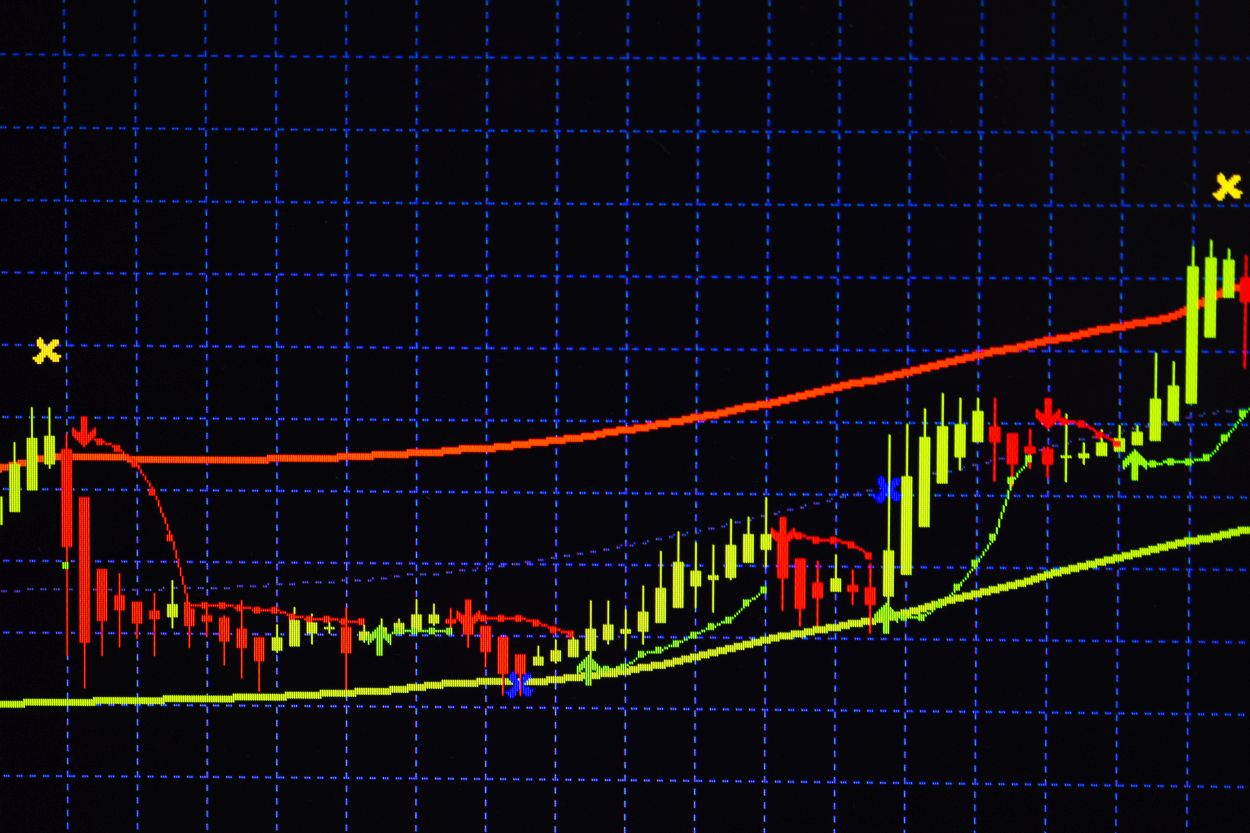A macroeconomic calendar is a tool that helps investors and traders track important events and publications related to the economy and financial markets. Such a calendar includes information on planned macroeconomic data releases, such as reports on inflation, GDP, unemployment, property prices, etc., as well as events such as central bank meetings and press conferences by politicians.
The information contained in a macroeconomic calendar can have a significant impact on financial markets, as macroeconomic data can influence investors’ and traders’ decisions to buy or sell stocks, currencies, bonds, etc. Therefore, a macroeconomic calendar is an important tool for those interested in financial markets and want to stay up-to-date with the most important events and publications.
Macroeconomic calendars are available in many places, including the internet and specialist applications. They are usually available for free or for a small fee. In addition to information on planned macroeconomic data releases and events, macroeconomic calendars often also contain forecasts of expected results and information on previous releases, which allows investors and traders to better understand the context and impact of data on markets.
Macroeconomic indicators
Macroeconomic indicators are statistical data used to describe and measure the state of the economy on a macro level. Some of the most important macroeconomic indicators include inflation, GDP, unemployment rate, trade balance, interest rates, etc. These indicators are often used by governments, central banks, and other institutions to make decisions on economic and financial policy.
Some of the most commonly used macroeconomic indicators include Gross Domestic Product (GDP), unemployment rate, inflation rate, balance of trade, and interest rates. These indicators are important tools for policymakers, businesses, and investors as they help to identify economic trends and conditions, and can inform decisions about economic and financial policy. Macroeconomic indicators are typically released on a regular basis, such as monthly or quarterly, and can be tracked over time to analyze trends and changes in the economy. Kalendarz makroekonomiczny
There are many different macroeconomic indicators that are used to measure different aspects of the economy. Some of the most important indicators include:
- Gross Domestic Product (GDP): This is a measure of the total value of goods and services produced in an economy in a given period of time, usually a year. It is considered a key indicator of economic growth and development.
- Unemployment rate: This is a measure of the percentage of the labor force that is currently without work but actively seeking employment. A high unemployment rate can be a sign of an economic downturn, while a low unemployment rate may indicate economic growth.
- Inflation rate: This is a measure of the rate at which the general level of prices for goods and services is rising, and, subsequently, purchasing power is falling. Central banks attempt to limit inflation and avoid deflation in order to keep the economy running smoothly.
- Balance of trade: This is the difference between a country’s exports and imports. A positive balance of trade, or trade surplus, means that a country is exporting more than it is importing. A negative balance of trade, or trade deficit, means that a country is importing more than it is exporting.
- Interest rates: These are the rates at which banks lend money to one another, and they can have a significant impact on the economy. Higher interest rates can reduce borrowing and spending, while lower interest rates can encourage borrowing and spending.
These are just a few examples of macroeconomic indicators. There are many others that are used to measure different aspects of the economy, such as consumer confidence, industrial production, and retail sales. By tracking these indicators over time, policymakers, businesses, and investors can gain a better understanding of economic conditions and trends, and can make informed decisions about economic and financial policy.
Additional points about macroeconomic indicators:
- Importance: Macroeconomic indicators are important tools for policymakers, businesses, and investors as they provide insight into the overall state of the economy and can help to identify economic trends and conditions. By tracking these indicators over time, it is possible to gain a better understanding of the economy and make informed decisions about economic and financial policy.
- Types: There are many different types of macroeconomic indicators, including measures of economic growth, inflation, employment, trade, and monetary policy. Some of the most commonly used indicators include Gross Domestic Product (GDP), unemployment rate, inflation rate, balance of trade, and interest rates.
- Data sources: Macroeconomic data is typically collected and published by government agencies, such as statistical offices or central banks. This data is then used to calculate various indicators and is made available to the public through reports and other publications.
- Limitations: While macroeconomic indicators can be useful tools for understanding the economy, they are not perfect and can have some limitations. For example, some indicators may be based on estimates or assumptions that may not be entirely accurate. Additionally, some indicators may not fully capture the complexity of the economy and may not provide a complete picture of economic conditions.
- Interpretation: It is important to interpret macroeconomic indicators in context and consider other factors that may be affecting the economy. For example, a high unemployment rate may be due to structural issues in the economy, rather than just a temporary downturn. Understanding the underlying drivers of economic trends can help policymakers, businesses, and investors to make more informed decisions.




